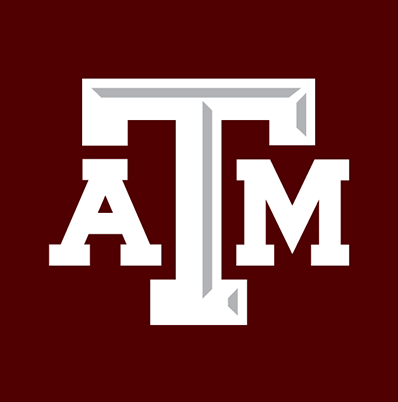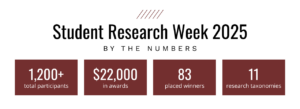Student Research Week Prepares Hundreds of Texas A&M Students With Hands-On Experience Presenting Innovative Ideas
The largest student-run research symposium in the country happens right here at Texas A&M. With more than 900 students presenting this March, they just had their best year yet.
By Melissa Rynning, Texas A&M Division of Student Affairs
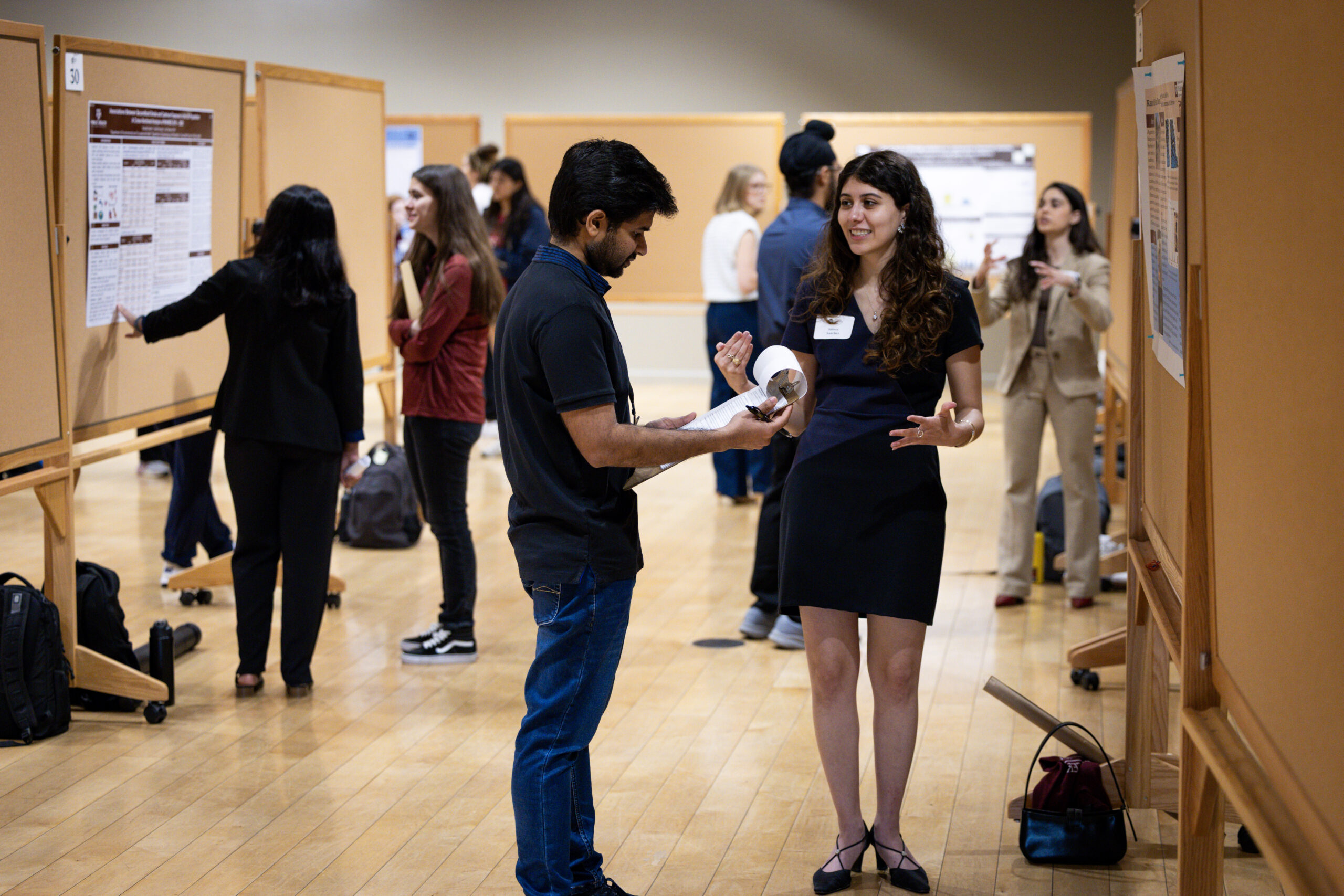
A student gives a poster presentation to a judge during Student Research Week 2025.
Texas A&M Division of Student Affairs
What began as a one-day poster event in 1994, has evolved into the largest student-run research symposium in the country. Since its humble beginnings, Student Research Week, housed in Student Life, has hosted thousands of Aggies of all disciplines who want to showcase their original research. Three decades later, Student Research Week had its best year in event history, with record breaking registration numbers and more than 900 student competitors.
Now resembling a week-long conference-style event, Student Research Week embodies the diverse academic inquiry happening in the classrooms of Aggieland. On a campus of more than 70,000 students, that can be hard to envision, but walking up and down the rows of presentations throughout the week provides a unique perspective where students, faculty and staff can see the cutting-edge research all around them.
Real World Problem Solving
“What’s special about Student Research Week is walking through the different taxonomies of research presentations and seeing everything from traumatic brain injury research, to humanities, architecture, nutrition and implants designed in the College of Engineering,” said Alex Watson ‘25, Student Research Week director and graduate student. “These are real life, real world problems these students are trying to solve, and we want to give them the opportunity and platform to present these ideas,” said Watson.
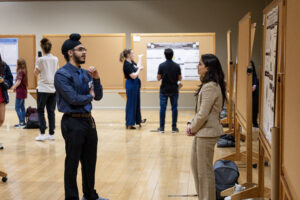
Armend Spahiu ‘27, an electrical engineering major with a passion for cybersecurity, took a C++ class last semester where his professor introduced him to the concept of maritime cybersecurity. Spahiu decided to follow that lead, research the topic and make a poster to present at Student Research Week on how to provide a curriculum to employees to prevent risk and major financial loss.
Natania Hsyung ‘28, a kinesiology major, was introduced to research by her sister, and in one of her lab classes, she was encouraged to come out of her shell and participate in Student Research Week. Hsyung presented on the difference between pork-based protein and plant-based protein and how it affects metabolism in military personnel by analyzing muscle soreness over time after working out and consuming either pork-based or plant-based protein.
Ashwin Mathew ‘28, a first-year medical school student, felt that traditional med school poster presentations were intimidating. Student Research Week was his first poster presentation as a med student, and he signed up because he felt it provided a low-pressure platform to present in front of judges who could give helpful feedback. Mathew presented a case study regarding a student with a foot injury, the dichotomy between the imaging and physical examination findings, and how to balance this as a physician to get an accurate and beneficial diagnosis to treat patients.
All three students took different paths to presenting their research, each passionate about diverse topics, but found that Student Research Week was a low-risk opportunity with return on value, including gained confidence from experience and valuable feedback from judges.
“It can be really hard to grasp how many opportunities there are at Texas A&M, but it's the gift that keeps on giving,” said Samhitha Mada ‘25, assistant director of Student Research Week and a psychology major who presented her own research on the treatment of post-traumatic epilepsy. “My advice for any student considering presenting their research is to take advantage of opportunities available to you here, like Student Research Week and so many other things.”
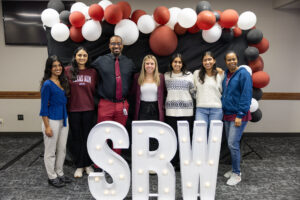
Giving Students a Platform to Share Innovation and Go Beyond
Another key takeaway from Student Research Week is the fact that the renowned research being conducted at an R1-designated university like Texas A&M might not only come from faculty.
“Student Research Week is impactful because it gives Aggies an opportunity to have their innovative research heard and seen,” said Gary Lazard, Jr, advisor for the Student Research Week committee. “It’s amazing walking through the hundreds of presentations on every topic you can think of and just seeing the passion and the hard work that goes into each one. It makes you feel like the research coming from these students can really change the world, and it will.”
The goal of Student Research Week is not only to equip both undergraduate and graduate students with hands-on experience by mirroring professional research forums, but also to prepare them for research forums they might participate in on the job someday. Students also learn high-value intangibles, like how to hone their voice through presenting their findings to expert judges and refining real-world skills that will carry them into the workforce and well beyond Texas A&M.
“Our hope is that Student Research Week prepares students for bigger and better,” said Lazard, Jr. “That Aggies can take what they have learned and continue to present their research at forums and conferences to audiences all over the world.”

